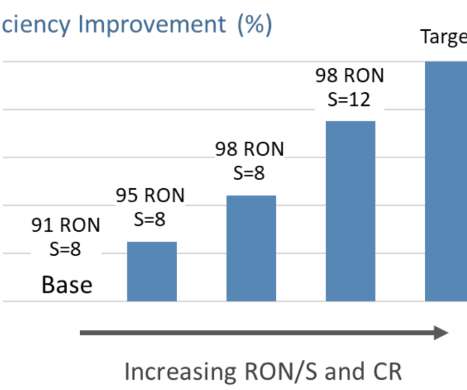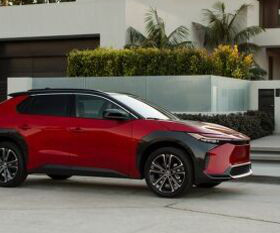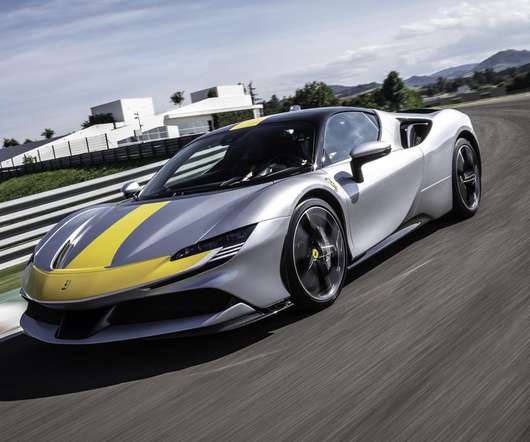Advanced ADEPT 48V affordable mild hybrid on path to meet future ultra-low vehicle emissions
Green Car Congress
JUNE 29, 2016
The ADEPT project is led by Ricardo in a research partnership including the Advanced Lead Acid Battery Consortium (ALABC); Controlled Power Technologies (CPT); Faurecia Emissions Control Technologies UK Ltd; Ford Motor Company and the University of Nottingham. ADEPT powertrain architecture.



































Let's personalize your content